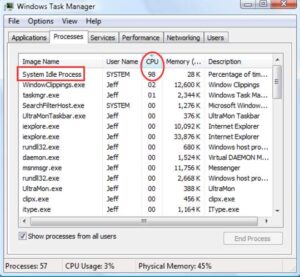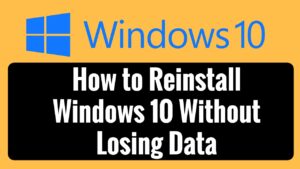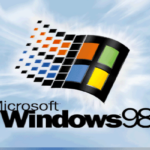Media files are pretty much everywhere. Images and videos comprise a majority of the media files and are commonly used by people on all digital platforms. Image files or video files can be saved in multiple file formats that have different credentials and benefits. As images and videos take up most of the digital media sector, their file sizes matter and lower file sizes are preferred for storage and sharing. With the internet and the media devices flooded with images and video files, there is a need for high compression support for the files and good and easy storing features.
The file formats currently used are either too heavy or provides poor compression ratio and a new set of file formats need to be introduced that provides the users with easy compression and good file quality at the same time. Some media formats are both compressible and provide good quality after compression. These media file formats need to be utilized most often rather than the conventional file formats. With the versatility of the files, they can be widely used for website purposes and other digital purposes. The media files under discussion are the HEIC and HEVC files, in which HEIC stands for High-Efficiency Image File Format and HEVC stands for High-Efficiency Video Codec. These two are highly capable media file formats and are very good for modern digital purposes. With the introduction of these files into the system, the use of conventional heavy files can be reduced.
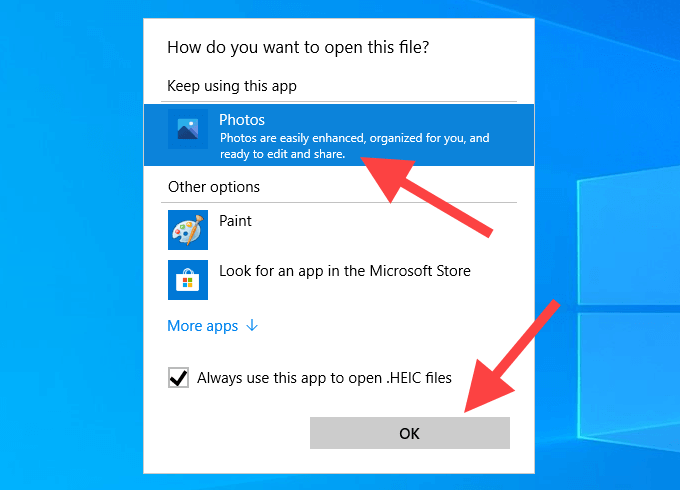
We will discuss a bit about the file formats, to understand their features and their benefits over the conventional file formats, that have been used till now. The HEIC is an image file format that is a highly compressed file but has the clarity and quality intact to a certain per cent. This image file format can not only function as a single image but also can contain multiple frames, similar to a GIF. due to its high compression ratio, the file can be easily transferred over the internet and can be used on websites to reduce the loading time of the website.
The HEVC is something similar to that of the HEIC but it’s a video file format. This file format can also be used on the internet to reduce the storage space occupied by the video file.
With such highly capable media file formats, websites can be revolutionized and can be made lighter and that will rank the website to be shown in the top search results. Users can save disc space by converting some of the large files to these file formats to reduce the size of the file but reap the same quality of the image or the video file.
Recommended Post:- Fixed: Blue Screen Error after update KB5000802 on Windows 10
How to Open HEIC and HEVC Files on Windows 10
Both the file formats are usually not supported by Windows 10. But with some tweaking and extension downloads, these files can be opened and accessed on Windows 10 computer. We will learn how to open these file formats on a Windows 10 PC.
- You can download the extensions or a good video and image viewer to view HEIC and HEVC file formats.
- The HEIC extension will already be installed in Windows 10 OS that has been installed later than 2018. You can go to the settings and go to the apps option.
- In the apps and features, you need to search for HEIF extension and click on the advanced option and then click the reset option to make the app work normally.
- You can open HEIC files using the built-in image viewer of Windows 10. You don’t need a specialized image viewer.
- The HEVC format dosent come installed in the Windows 10 OS, you can install the extension from the official Microsoft website and install it as usual.
- The HEVC extension is a paid one and you need to pay to download the extension.
There are free HEVC video players, that you can use instead of using the HEVC extension from the Microsoft website.
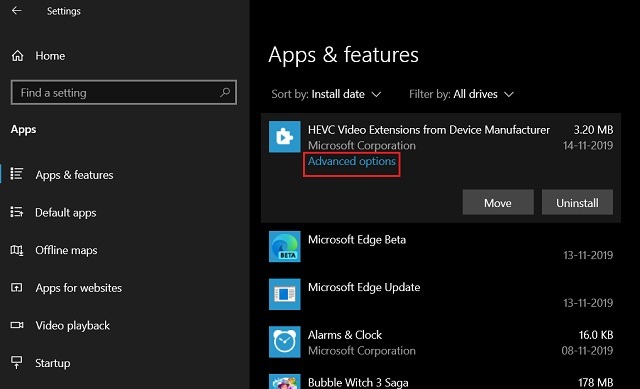
List of Free HEVC Player for Windows 10
- Pot-Player.
- VLC media player.
- Wonderfox x265 Player.
The mentioned video players are free for download and can be downloaded from the internet. They support the HEVC file format very well and can play almost all the video file formats for you. Having any one of the video players will be good for you to watch any video on your computer without having to install any extensions or plug-ins from the internet.
You would have got a good idea of what the HEIC and HEVC file formats are and how to open them on the Windows 10 computer. The file formats are easy to use and are efficient compared to some of the previously used media file formats like JPEG, PNG, GIF, and MP4. you can use the HEIC file formats on the internet and save lots of data by using a low-sized image or video file without compromising on the quality of the file.
Hope the information provided above helped you understand the HEIC and HEVC file formats. You can either download the HEVC extension from Microsoft stores or install a free HEVC supported video player. Both are viable options and can be very good for viewing the media files on Windows 10.

